The Language of the Incas was the Quechua or Runasimi (people’s language), the native language. Although the Inca Empire dominated a huge territory and had many provinces with different ethnic groups with their own languages, Quechua was the official language; once a province was conquered, the king sent teachers called Amautas to teach the Quechua Language.
The Incas had no writing system, and everything was passed orally. Their communication system was through knotted strings known as Quipus to record dates, the number of people, the number of llamas, lands, and even the history of their ancestors in the form of tales.
What Was The Official Language Of The Incas?
Quipu or Khipu
The quipu is a system of knots used by the Inca people to record information. It was typically made from lengths of rope or string, and each knot represented a specific piece of information. The quipu could be used to record everything from genealogical information to battle accounts. Because the quipu was used to store such a wide variety of information, it is sometimes called the "Inca Rosetta Stone."
The Secret Language of the Incas
The Inca Empire's official language was Quechua; however, many historians believed that the Dominant Class had their own secret languages. This secret language is believed to be the Pukina or Puquina, a language spoken by the extinct civilization of Tiawanaku, who lived around Lake Titicaca.
According to the myths of the origin of the Incas, Lake Titicaca was the birthplace of the first Inca, Called Manco Capac. He and his wife, Mama Ocllo, were born in Lake Titicaca and traveled through the mountain until they arrived at the Valley of Cusco. They taught local farming techniques and architecture and became the most extensive South American empire leaders.
This myth of the Inca origin suggests that the Inca Empire's founder was from the Titicaca Lake region and probably was a descendant of the Tiwanaku civilization that disappeared in the history line right when the Incas appeared in the history line.
The Inca nation spoke Quechua. However, the elite spoke Quechua, a secret language the others couldn't understand. This was mentioned several times by chroniclers such as Inca Garcilaso de la Vega (1539-1616), Bernabe Cobo (1582-1657), and others. Although nowadays, we call Incas to all the Quechua Nation, the empire's real name was Tawantinsuyo (4 provinces of the Sun) during the Incan Empire's height. Inca was the king's supreme title, and the royal family around the king was called Panaka.
It was believed that the Royal family, descendants of the Tiawanaku Culture, spoke the Pukina and used tas to dominate the Quechua Nation better.
Origin of the Quechua Language of the Incas
Runasimi (the people's language) or Quechua was born in Caral, in Supe Valley near Barranca Province, about 200 kilometers (120 miles) north of Lima. Caral is the oldest city in the Americas. From Caral, Quechua was spread across the Andes until the 1300s, when Manco Capac took over Cusco villages, founded the Inca Empire, and imposed it as the Official Language of the Tawantinsuyo.
Peru is home to one of the oldest civilizations in the world. The first civilizations started around 4000 BC on the coast of Peru, with Caral, Chavin, Moche, Paracas, Nazca, Tiawanacu, Wari, and the Incas Cusco from the 1300s to 1532. Over the years, this language was influenced by many local languages such as Aymara, Pukina, Muchick, etc. Thanks to the interaction of many languages, Quechuas now has many dialects.
Runasimi was the original name of this language; however, Quechua might come from Qeshwa, a native word that means highlands or Andes. Qeshwa Simi means the language of the highlands, and it was converted to Quechua during colonization.
Quechua during the Inca Empire
The first Inca king and his family came from the Lake Titicaca Area. They spoke Puquina, and when they arrived in Cusco, the people from the Valley of Cusco spoke Quechua. They adopted it as the official language of the great Inca Empire. Studies show that Quechua was the most common language in all Pre-Columbian cultures.
During the Inca Empire's height between the 1400s and 1500s, Quechua was imposed by the Inca Kings on all subjugated provinces to have a powerful empire with the same language. However, evidence proves that many regions have kept their original languages and have not replaced them with Quechua.
Quechua after the Spanish Conquest
After the Conquest of Peru, the new official language imposed in the colony was Spanish. The Incas were forced to learn a new language and adopt the new Catholic religion. However, due to the territory's extension and many Andean people living in the mountains far away, it was difficult for the Spaniards to control.
Quechua was soon accepted by the Spaniards, who even used Quechua to spread Christianity. The missionary Domingo de Santo Tomás, who arrived in Peru in 1538, wrote the first book, "Grammatica o Arte de la Lengua General de Los Indios de Los Reinos del Perú" (Grammar or Art of the General Language of the Indians of the Royalty of Peru) in 1560.
After the Túpac Amaru II rebellion in the 1780s, Quechua's administrative and religious use and many texts were banned. The use of Quechua will go down for many years and only be spoken by indigenous people in the Andes.
Quechua Today in South America
By the 21st century, Quechua was still South America's most spoken indigenous language; around 12 million people speak it, an official language in 3 countries.
Peru was the first country to recognize Quechua as an official language in 1975, followed by Ecuador in 2006 and Bolivia in 2009. Of these countries, Peru has the highest number of Quechua speakers.
Learn Quechua to travel To Machu Picchu
Quechua in Peru is very popular; around 13 percent of Peru's population speaks this language.
When you travel to places like Cusco, you will always encounter a native Quechua Speaker. More than 60% of Cusco speaks this language, and almost 95% understand it even if they can not keep a fluid conversation. These are the most common words to learn to surprise your tour guide, porters, or family in Cusco.
Please note that in Cusco, most people are fluent in Spanish and many in English, so you don't need to worry about understanding a specific language.
- How are you? – Imaynalla?
- Are you ok? – Allillanchu?
- I am fine! – Allillammi cashani
- What is your name? – Iman Sutiki?
- My Name is… – Nukaj sutiymi……
- How much? – Jaykhan
- Let's go – Haku
- Sit down, please! – Tiyayku
It's important to note that Quechua doesn't have a written alphabet and uses the Spanish alphabet. Also, Quechua from Cusco varies greatly in pronunciation and writing from Quechua from other regions.
Are you interested in learning Quechua while you're exploring Peru? Don't miss out on these tours:
Books that were written in Quechua
Incas had no writing system; the first chroniclers after the Conquest of Peru wrote using Latin and Spanish vocabulary.
- Lexicon o Vocabulario de la lengua general del Peru, Written by Domingo de Santo Tomás in 1560.
- Grammatica, o Arte de la lengua general de los Indios de los reynos del Peru, Written by Domingo de Santo Tomás in 1560.
- Arte, y vocabulario enla lengua general del Perv llamada Quichua, y en la lengua Española by Diego González Holguín 1586
- Primer Nueva Corónica y Buen Gobierno – Manuscrito, Written by Felipe Guamán Poma de Ayala 1615
Common questions about Quechua and the Incas
Quechua was the language of the Inca Empire, and it is still spoken today by the Quechua people in the Andean region of South America. If you want to learn more about this fascinating language and culture, read on for answers to some common questions!
What is Quechua?
Quechua is a native American language spoken by the Quechua people, who are indigenous to South America. It is the official language of Peru and Bolivia and is also spoken in Ecuador, Chile, and Argentina. Quechua has been spoken for centuries and passed down from generation to generation.
The Quechua language is rich and unique, with complex grammar and vocabulary. It is a tonal language, meaning a word's meaning can change depending on the pitch of the speaker's voice. Quechua also has many dialects, which can vary based on geographical location.
The Quechua people have a long history and cultural heritage. They were the largest indigenous group in the Americas before the arrival of the Europeans, and both Inca and Spanish traditions have greatly influenced their culture. The Quechua people have always been proud of their culture and language, and today, there are efforts to revive and promote Quechua throughout South America.
Where did the Incas come from?
The Incas were a group of people who lived in South America in the Andes mountains. They were one of the largest empires in the world at one time. The Incas had their own language, Quechua, and their own culture.
What are the main differences between Quechua and other languages?
The main difference between Quechua and other languages is that Quechua is a tonal language. This means that the meaning of words can change depending on the pitch they are spoken with. For example, the word "Pacha" can mean either "earth" or "time," depending on how it is said. Other languages spoken in the Andes, such as Aymara and Guarani, are also tonal languages.
How many people speak Quechua today?
It is estimated that around 8 million people in Peru still speak Quechua today, making it one of the most widely spoken indigenous languages in the Americas. Quechua has been the official language of Peru since the country's independence in 1821. While as many people no longer speak Quechua as it once was, it remains an important part of Peruvian culture and identity.
Conclusion
Whether you're interested in Quechua because you're planning a trip to Peru or are curious about the language, we hope this article has answered some of your questions. Quechua is an important part of Inca history and culture, and learning even a few words can be a great way to connect with the people and the land. If you're ever in doubt, just remember that the locals are always happy to help!

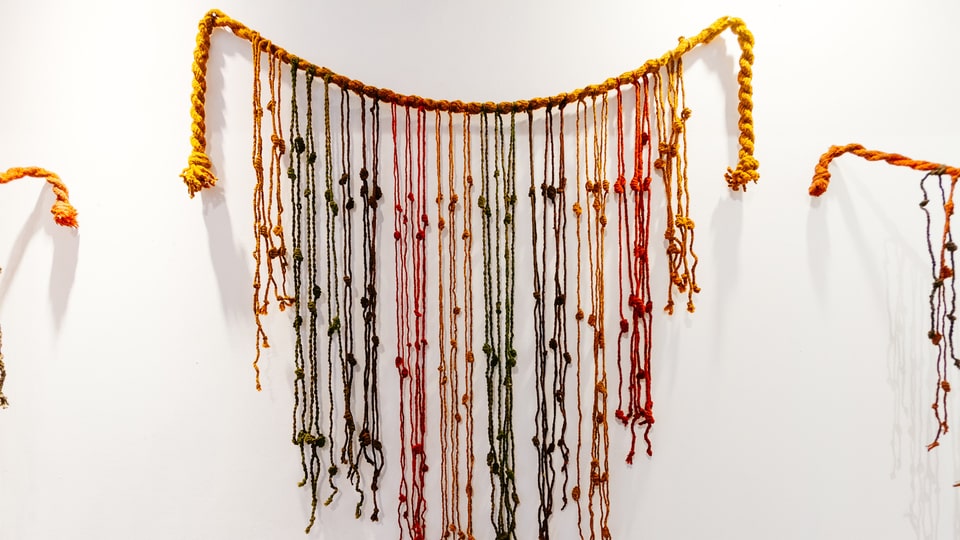

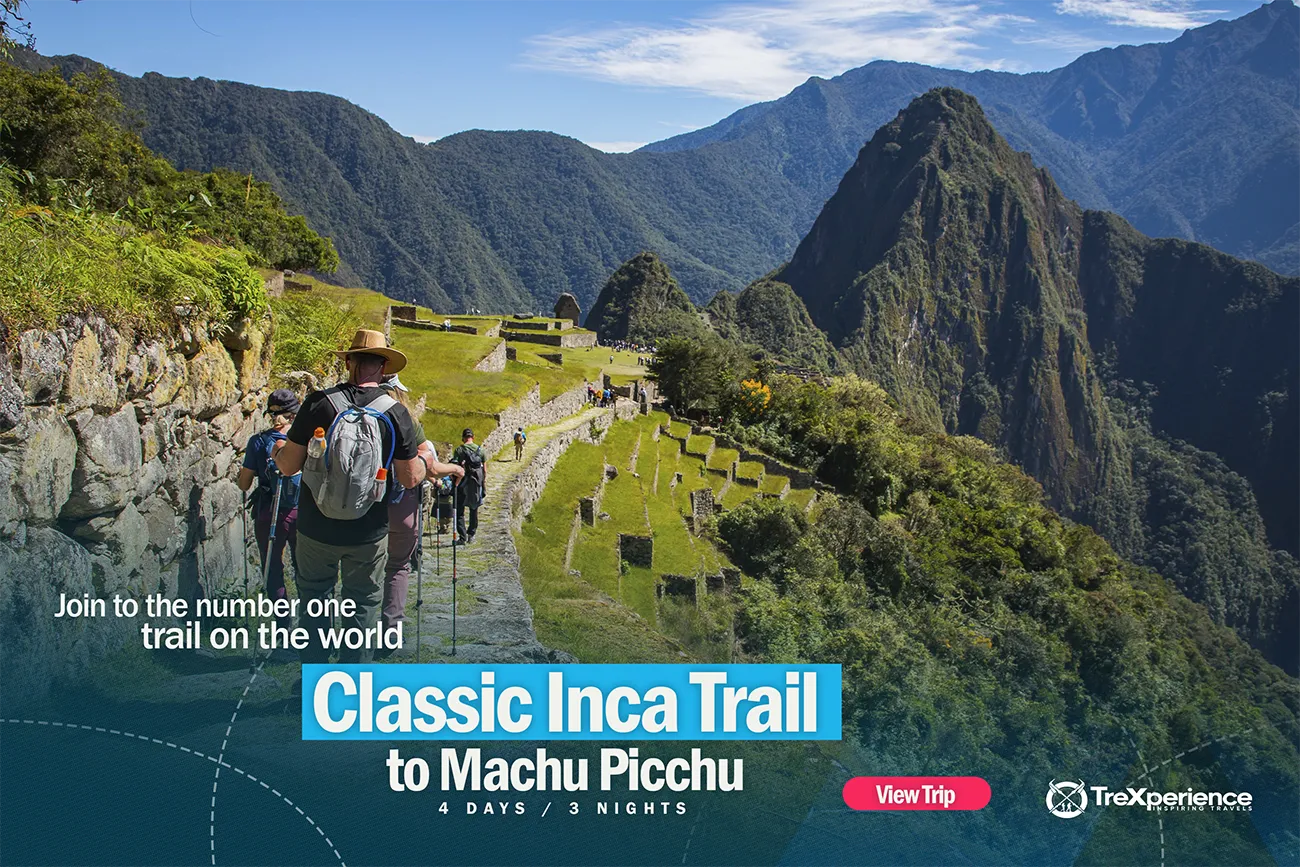
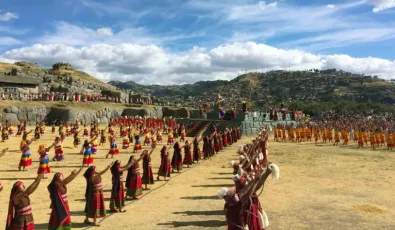
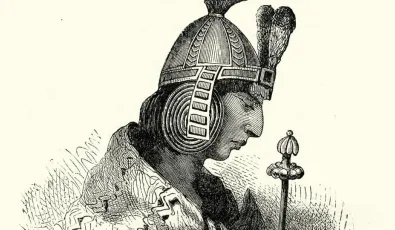
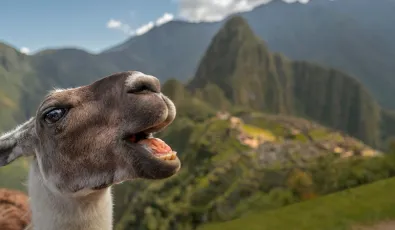

language
I love this website it gives you so much information there are this good of a website on Google!
canadian
Great post. I was checking constantly this blog and I'm impressed! Extremely helpful information particularly the last part :) I care for such information a lot. I was looking for this certain information for a long time. Thank you and good luck.
Add new comment